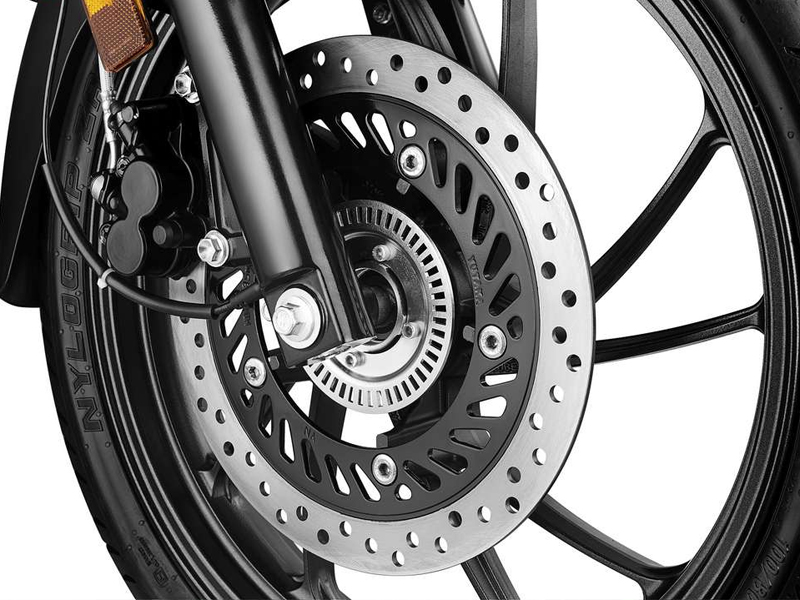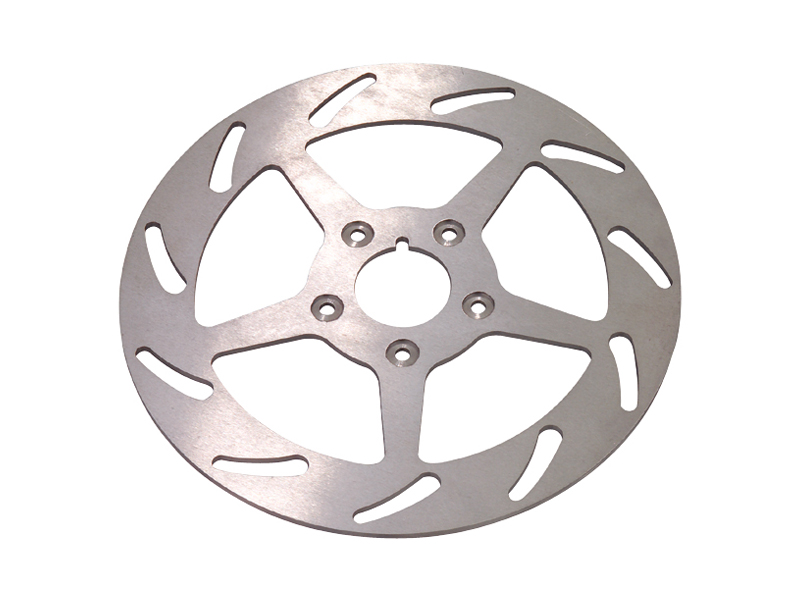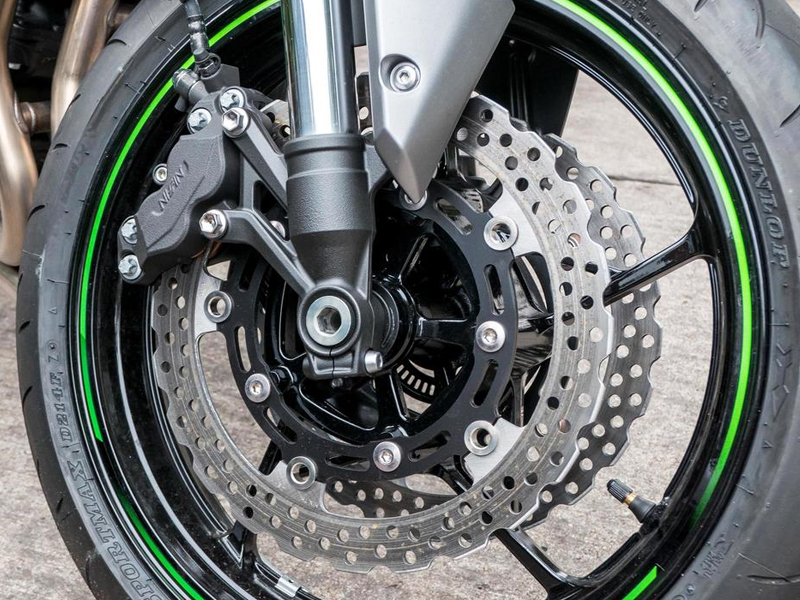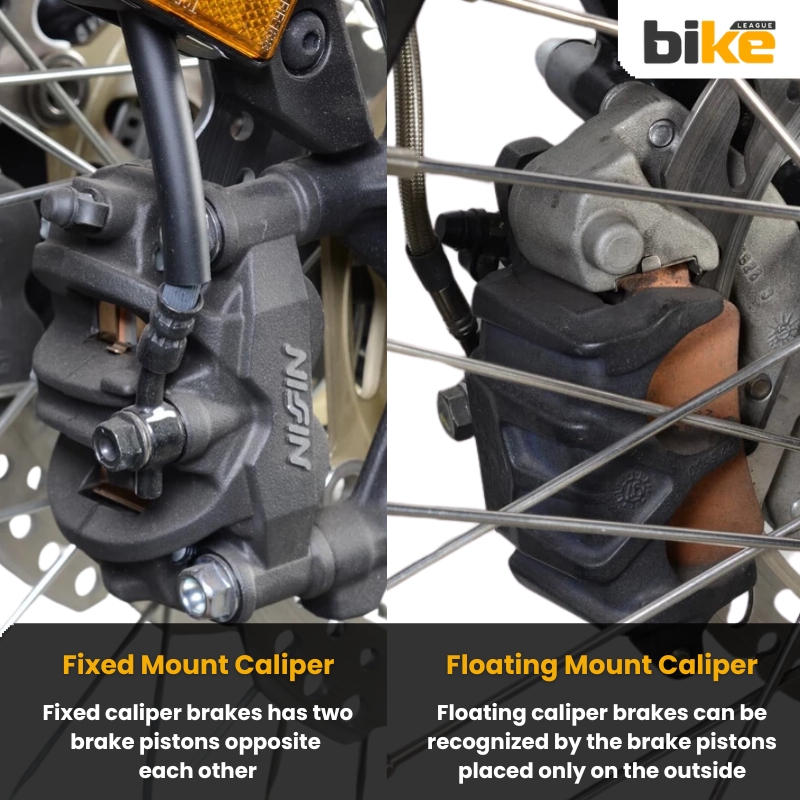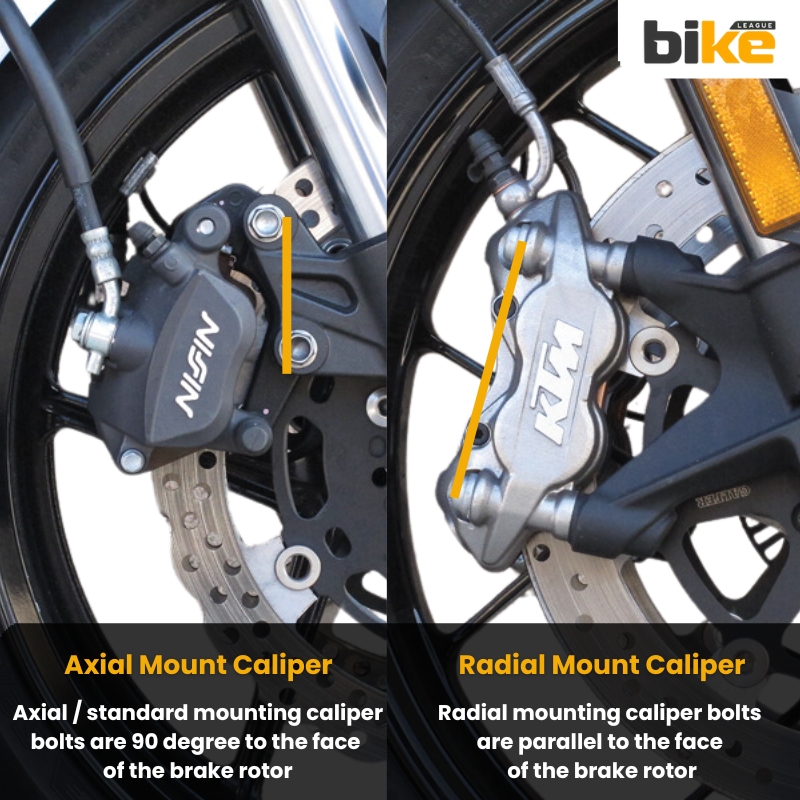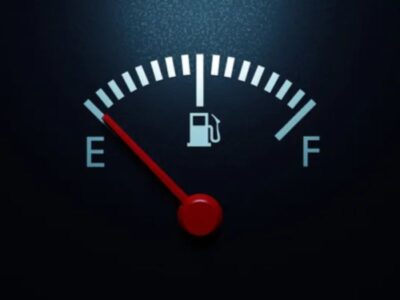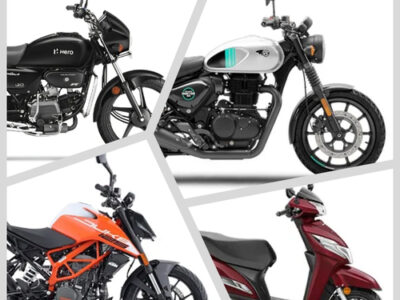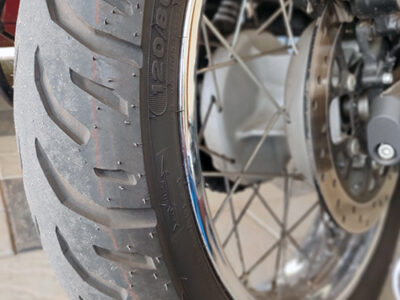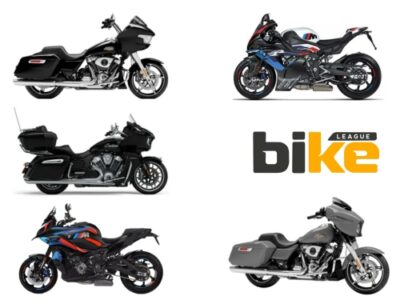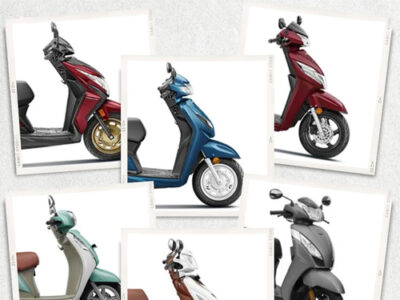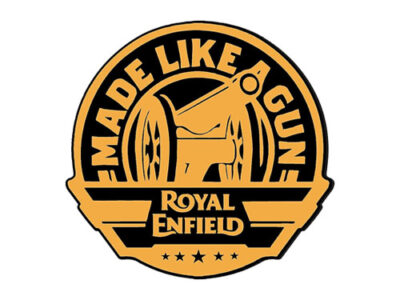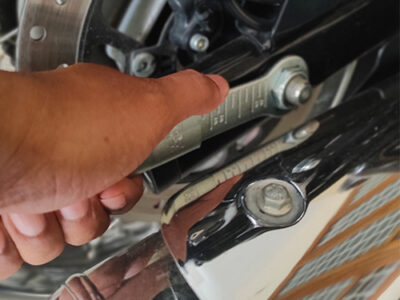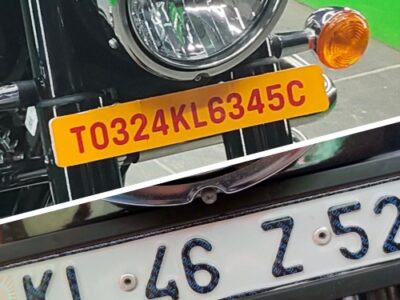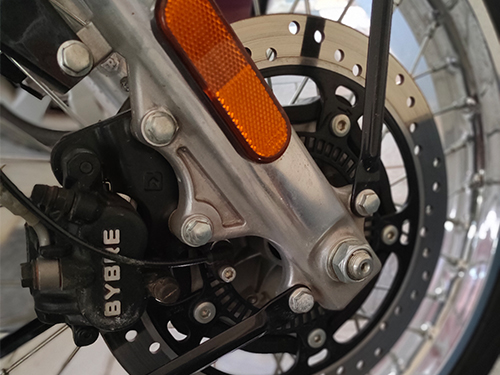
Long story short: disk brake in bike is an essential component of any bike. Learn about motorcycle disc brakes and their types in this comprehensive guide.
A disc brake is now an integral and crucial component of a motorcycle. Even budget-friendly motorcycles now have minimum front disc brakes as standard. Gone are when the bike’s front and rear have drum brakes. Customers are currently looking for more features, specifically for safety. Technology has changed rapidly, with ABS now mandatory for motorcycles above 150cc. Single-channel and dual-channel ABS are incorporated into premium bikes depending upon the final price and other factors.
Have you ever noticed differences in disc brakes between premium, race-track, and standard motorcycles? Yes, there is. Different bikes come with different types of disc brakes depending on the environment they are used in. In this article, we will discuss the different types of motorcycle disc brakes, maintenance, FAQs, and pros and cons related to each bike disc type in depth. So, this will be the ultimate guide to motorcycle disc brakes.
How do motorcycle disc brakes work?
Simply put, the front brake lever engages the master cylinder, causing a piston to exert pressure on the brake fluid. Because brake fluid cannot be compressed, that force is conveyed through the brake lines to another piston in the brake calliper. The calliper then exerts pressure on the brake pads. The resultant pinching of the brake pads brings them in contact with the rotor attached to the wheel. The friction between the rotor and the pads forces the bike to slow down.
Different types of motorcycle disc brakes
1. Cross drilled rotor
Cross-drilled rotors have holes drilled through the rotor surface. These holes help dissipate heat and water, making them effective in various riding conditions than other types of disc brakes.
Advantages of the cross-drilled rotor
- Improved Heat Dissipation: The holes allow for better heat dissipation, reducing the risk of brake fade during prolonged use.
- Water Dispersion: They help in dispersing water from the rotor surface, improving braking performance in wet conditions.
- Enhanced Aesthetics: The drilled design often adds a sporty look to the motorcycle.
Disadvantages of the cross-drilled rotor
- Prone to Cracking: The drilled holes can make the rotors more susceptible to stress cracking under extreme heat.
- Questionable Effectiveness: The benefits may not be significant enough for daily street use to justify the potential drawbacks.
2. Cross slotted rotor
Cross-slotted rotors have slots cut into the rotor surface. These slots help vent gases and water, improving overall braking performance.
Advantages of the Cross slotted rotor
- Gas Venting: The slots help built-up gases escape between the pad and the rotor, resulting in more effective braking.
- Water Dispersion: They aid in dispersing water from the rotor surface, enhancing braking performance in wet conditions.
- Prevents Glazing: The slots prevent glazing on the brake pads, maintaining consistent braking performance.
Disadvantages of the Cross slotted rotor
- Increased Wear: The slots can increase wear and tear on the rotor and brake pads.
- Noise: Slotted rotors can produce more noise during braking than standard rotors.
3. Petal rotor or Wave disc
Petal rotors, also known as wavy or scalloped rotors, have a unique edge design that improves cooling and reduces weight. The outer edge of the rotor has a wave-like shape instead of a plain circle.
Advantages of the petal disc rotor
- Efficient Heat Dissipation: The wavy design allows for better heat dissipation, reducing the risk of brake fade.
- Reduced Weight: Petal rotors are generally lighter than traditional rotors, improving handling and performance.
- Improved Braking Performance: The design enhances overall braking efficiency, making them suitable for high-performance motorcycles.
Disadvantages of the petal disc rotor
- Higher Cost: The complex design can make petal rotors more expensive to produce and purchase.
4. Floating Mount Calipers
Floating mount callipers are designed to move laterally, allowing them to self-align with the brake disc. This design provides consistent pad contact and improved braking performance.
Pros of Floating Mount Calipers
- Self-Aligning: The calliper’s ability to move laterally ensures consistent pad contact with the rotor, improving braking efficiency.
- Better Heat Dissipation: Floating mount callipers help reduce heat transfer to the hub and wheel bearings, enhancing overall performance.
Cons of Floating Mount Calipers
- Higher Cost: The complex design of floating mount callipers can make them more expensive compared to fixed callipers.
5. Radial Mount Calipers
Radial mount callipers are mounted to the motorcycle’s fork with bolts parallel to the wheel’s radius. This design offers better rigidity and braking efficiency.
Pros of Radial Mount Calipers
- Enhanced Braking Performance: Radial mount callipers provide superior braking performance due to their rigid mounting and efficient force transfer.
- Direct Mounting: The direct mounting to the fork enhances stability and braking precision.
Cons of Radial Mount Calipers
- Higher Cost: Radial mount callipers are generally more expensive due to their advanced design and mounting requirements.
FAQ related to motorcycle disc brakes
1. What are the differences between single and dual disc brakes?
Single-disc brakes use one rotor and calliper per wheel, which is sufficient for most motorcycles and provides adequate stopping power for everyday riding. On the other hand, dual disc brakes use two rotors and callipers per wheel, offering enhanced braking performance and are typically found on high-performance motorcycles.
2. What are floating discs, and how do they differ from fixed discs?
Floating discs have a rotor blade that can move independently of the carrier, allowing for better heat dissipation and reduced warping under extreme conditions. Fixed discs, made from a single piece of steel, are more cost-effective but less efficient in managing heat.
3. How do slotted or drilled discs improve braking performance?
Slotted or drilled discs have holes or slots that allow for better heat dissipation and water evacuation, which enhances braking performance, especially in wet conditions. These features make them ideal for high-speed or performance-oriented riding.
4. What are the benefits of using high-carbon or ceramic composite discs?
High-carbon or ceramic composite discs offer superior heat resistance and durability compared to standard steel discs. These materials are particularly beneficial for riders who engage in high-performance or track riding, as they can withstand higher temperatures without degrading.
5. How do axial-mount calipers differ from radial-mount calipers?
Axial mount callipers are bolted perpendicular to the disc, a traditional mounting method. Radial mount callipers are bolted parallel to the disc, providing a more rigid setup that can improve braking performance and feel.
6. How do floating mount calipers differ from fixed mount calipers?
Floating calipers are designed to move slightly relative to the disc. This movement allows the caliper to self-center over the rotor, ensuring even pad wear and consistent braking performance. Fixed calipers are rigidly mounted and do not move relative to the disc.
7. How does the disc size in the bike affect the braking force?
In simple terms, the larger the diameter of the motorcycle brake disc, the larger the force available to stop the motorcycle.
8. Why do motorcycle brake discs have holes?
The holes on a disc brake
- enable the brake to dissipate heat and perform optimally.
- Aid in removing water and dirt between the disc and brake pads
- Increases braking effectiveness
- Reduces wear
- Reduces brake weight
9. When should the disk brake plate in the bike be changed?
The front disc is due for replacement when the braking surface is worn more than 1mm on either side. For the rear disc, if the braking surface is worn by more than 0.5mm to 0.75mm on either side, it is time for a replacement. It is always better to change both front and rear discs simultaneously. Check for every six months or every general service instead of a specific km range, which is safer.
10. When to change disk brake pads in bike?
Replace your brake pads for your disc brake when there’s 1.5mm or less of braking material remaining. Check for every six months or every general service instead of a specific km range, which is safer.
11. Why does a motorcycle disc brake make noise?
Noise can be generated for various reasons, mainly because your brake pads are worn. If the pads are worn down to the bare metal, you’ll hear metal rubbing on the disc rotor. Replace the brake pad as soon as possible.
12. What causes motorcycle disc brakes to squeal?
In most cases, worn brake pads are the primary reason. Poor brake calliper alignment, contaminated pads, bent disc rotor, etc., are the other reasons for the squealing of bike disc brakes. All these issues can be found only by skilled technicians, which is never a DIY task.
13. How to clean a disk brake in the bike?
There is no need to clean the disc brake rotor in most cases, as they are automatically cleaned by brake pads while working. But if oil or any other residue is on the disc rotor, use a dedicated automotive shampoo.
14. Can we adjust the disk brake in the bike?
No. You cannot adjust brake tightness manually, like tightening a screw or bolt. Disc brakes in motorcycles use fluid pressure for braking. If the braking is ineffective, it means there is a loss in the fluid pressure of brake oil. Replace/replenish brake oil and check for leakages or air pockets in the fluid lines. The brakes will self-adjust when the oil topping is complete.
15. How long do bike disk brake pads last?
There is no fixed km change interval for brake pads; instead, brake pads should be checked for every general service or every six months. Several factors can affect the life of brake pads, like km-ridden, riding environment, riding style, etc., so do not just focus on km change interval.
16. How long do bike discs last?
There is no fixed km change interval for brake discs; instead, check brake pads once in a general service within a year or once every year. Several factors can affect the life of brake discs, like the km ridden, riding environment, riding style, etc., so do not just focus on the km change interval.
Other related articles from Bikeleague India
- Braking in motorcycle – All expert tips for bikers
- What is Motorcycle ABS? – Doubts, Queries and FAQ
- Everything you need to know about bike engine oil explained
- Different types of bike clutch explained
- QJ Motor SRK 400
Conclusion
We have discussed different types of motorcycle disc brakes, their pros and cons, and some FAQs related to motorcycle disc types. If you have any other questions or queries, email us at bikeleague2017@gmail.com. You can also share your doubts or opinions in the comments section below. We are always eager to help and assist you. Also, here are several social media platforms of Bikeleague India to raise your suspicions.

